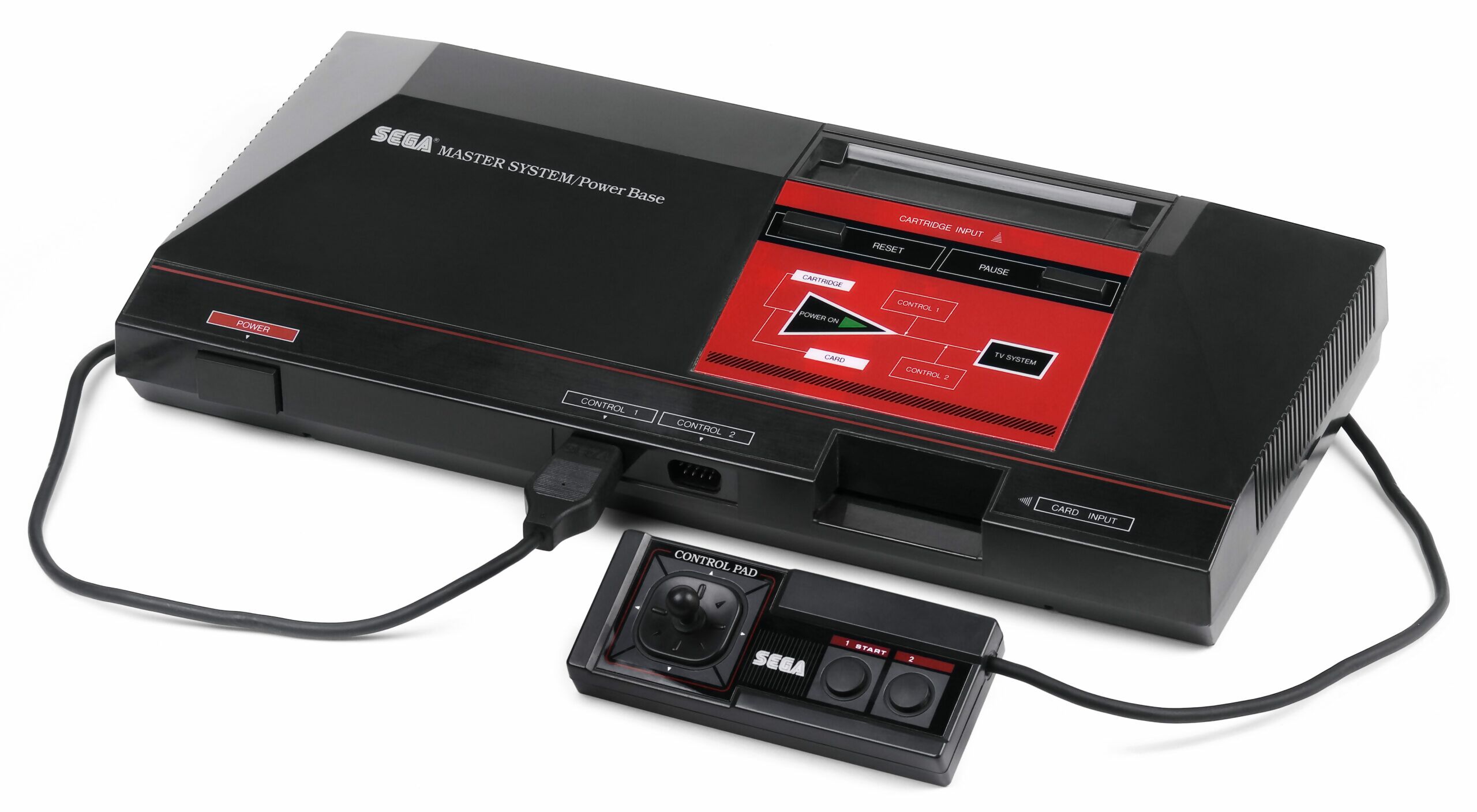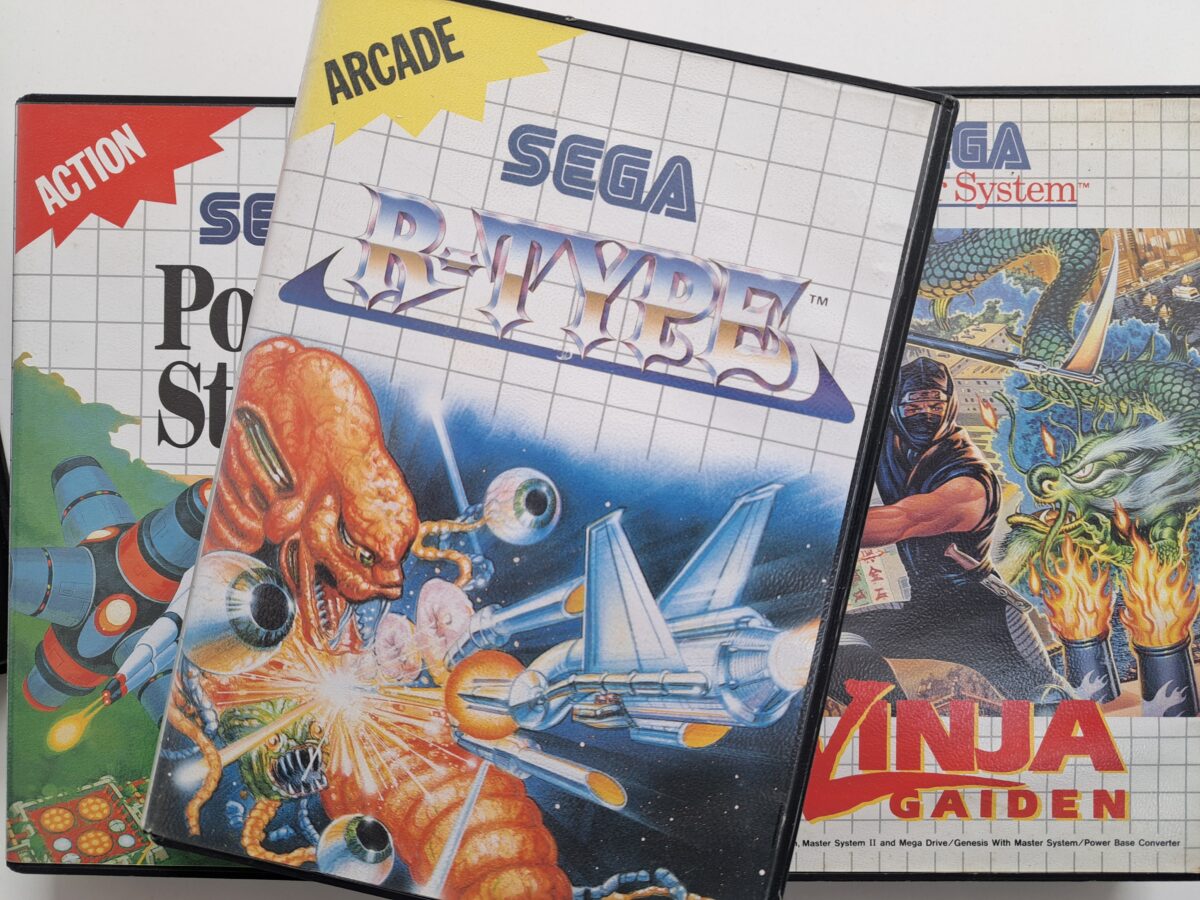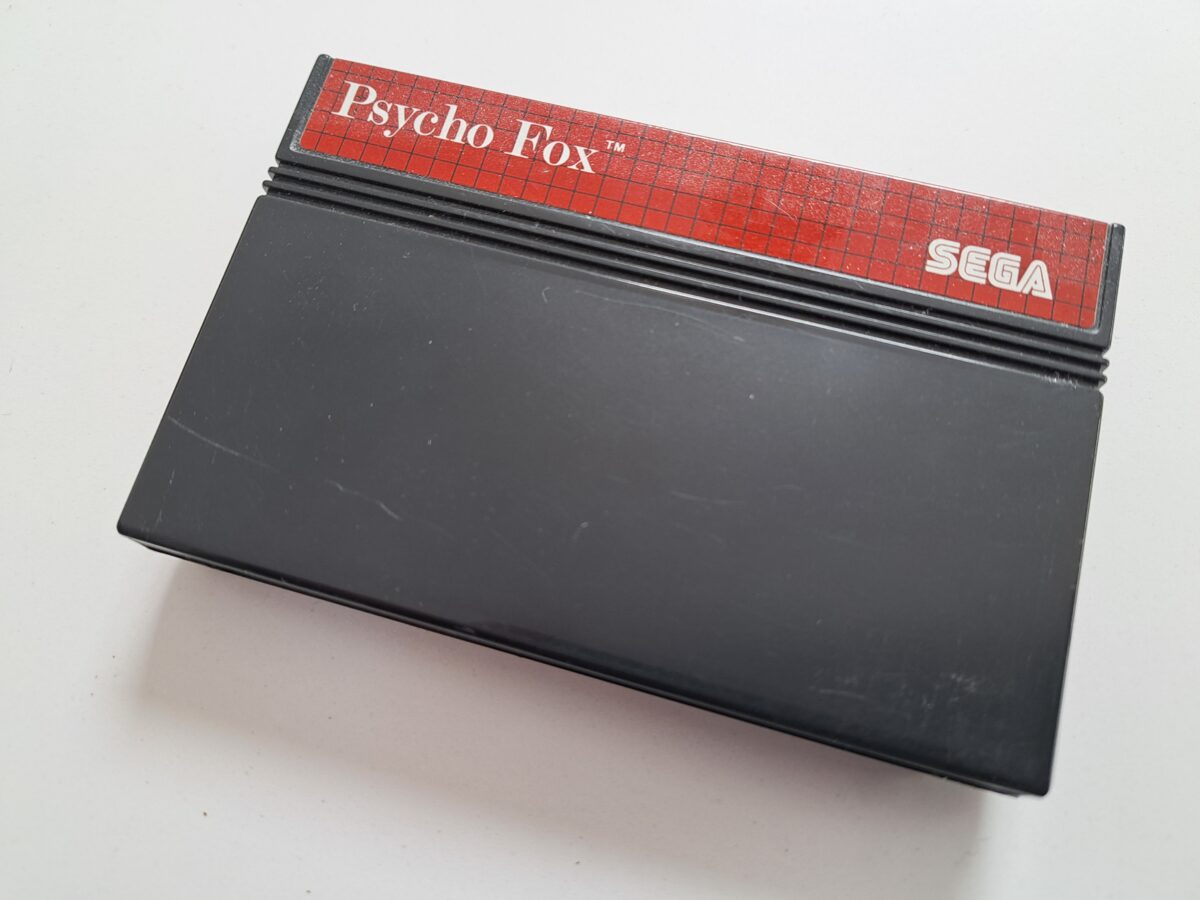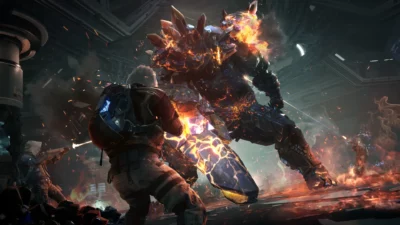
The Sega Master System was far from a success in North America, but its wider success and impact on games history still shouldn’t be underestimated.
Mention the name Sega, and things like Sonic The Hedgehog, the Mega Drive (or Genesis in the US), or maybe the Dreamcast spring to mind. What’s less commonly talked about is the firm’s first western console, the Master System; released as the Sega Mark III in 1985, before being rolled out in revised form the following year in the US, the platform is seldom discussed with the same kind of hushed reverence as its successor, the Mega Drive.
Rather, the phenomenal success of the NES, released in the US in 1985, is such that the Master System is often used as a point of comparison. By 1990, Nintendo reported that it enjoyed a 93 percent share of the US market. Sega, by contrast, was reckoned to have 3.8 percent of the American pie (rivals NEC and Atari made up the final few percent). Therefore, the common thinking goes, the Master System was a failure. It’s the same US-centric view of video game history that argues that the crash that hit the industry in 1983 was global, when in reality it was largely restricted to North America.
A broader look at the Master System’s worldwide performance reveals that the reality was more complex. In the UK and much of Europe, computers like the ZX Spectrum and Commodore 64 were the most common venue for young gamers; unlike the US, Nintendo failed to make much of an impact in the region, at least until the early 1990s. (A quick look through one of the major British games magazines of the 1980s, Computer & Video Games, shows how much bigger computers were for gaming when compared to consoles; until the end of the decade, coverage of the latter was confined to a handful of pages at the back of the magazine. It was only later that the section, called Mean Machines, broke off and became its own, console-focused publication.)

The popular opinion seems to be that Master System boxes looked rather boring. We’d argue some of the later ones, like these, looked pretty good. Credit: whynow Gaming.
Sega’s initial attempts to sell consoles to Europe was also shaky at best; distribution was initially handled by British firm Mastertronic, but supply chain issues meant that the console’s European roll-out in 1986 left a percentage of orders unfulfilled. Mastertronic’s finances took a hit, and Richard Branson’s firm, Virgin, swooped in and bought the company up.
The newly-formed Virgin Mastertronic had one advantage once it re-stabilised in 1987: the company had an intimate understanding of the UK games scene, and recognised that, although gamers flocked to computers for affordable experiences, hardware limitations meant that their games could only vaguely resemble the coin-ops they were often based on. You only had to look at the ZX Spectrum port of Sega’s arcade hit, OutRun, to see the problem: where the original coin-op saw players helm a gleaming Ferrari as it hurtled down sun-kissed roads, the computer version chugged along like a clapped-out Ford Escort.
Virgin Mastertronic wisely played up the Master System’s arcade pedigree. While the system was, like the ZX Spectrum and C64, still 8-bit at its core, its 6-bit colour palette and custom graphics chip meant that it could render 1980s arcade games more faithfully. Admittedly, OutRun on the Master System wasn’t exactly arcade perfect, but its pace, colour, and catchy music put it in a different class from the moribund home computer ports.
The Master System was therefore dubbed “The ultimate home video arcade machine” when its marketing machine got underway in September 1987, with magazine adverts trumpeting its “vibrant colour and realistic sound.” There was also an emphasis on arcade conversions, with the console packaged with a copy of motorcycle racer Hang On, and the likes of Space Harrier, Fantasy Zone and OutRun among the earliest titles launched in the UK.
Advertisement for the Sega Master System from September 1987 in which they boasted the ultimate home video arcade machine for just £99.95#retrogaming #80s #sega pic.twitter.com/Yx2tO64Jg8
— Russty_Russ #Retro (@russty_russ) September 15, 2020
C&VG issue 84 (dated October 1988) carried reviews of the Master System’s earlier releases, among them Aztec Adventure, Penguin Land, and most significantly of the lot, Shinobi – a conversion of Sega’s hit coin-op (the magazine misspell it ‘Shenobi’, but we’ll gloss over that).
Although it took time for the Master System to pick up steam, the arcade-first approach arguably worked: in 1990, it was reported that the console had sold 150,000 units in the UK alone. What’s even more impressive is that it was, at that point, outselling even its 16-bit successor, the Mega Drive – that system sold 60,000 units in 1990. According to a report in Sega Power magazine, there were 420,000 Sega console owners in the UK by 1991.
In stark contrast, the NES still hadn’t made much headway in the UK; it sold 80,000 consoles in 1990. Across the rest of Europe, the NES’s install base was around 655,000 units across the region – far less than the 1,608,000 Sega consoles.
Support for the Master System continued well into the 1990s, with third-party developers like US Gold and Flying Edge regularly releasing new games for the system. Curiously, Japanese studios also made games for the European Master System, many of which were never released in their native country; Compile’s shooter Power Strike II and Vik Tokai’s charming platformer Psycho Fox are but a couple of examples.

Sega Master System cartridges and their none-more-eighties burgundy strips. Credit: whynow Gaming.
Inevitably, the Master System couldn’t last forever, and support for it gradually dwindled as gamers moved over to the Mega Drive and SNES. But in Brazil, the console survived well into the 2000s, with toy and electronics firm Tectoy producing the system long after it faded from view elsewhere.
Despite its relative obscurity in the US, and slow sales in Japan, the Master System was far from a failure. It helped establish the Sega brand across much of Europe, paving the way for the Mega Drive’s success in that region, and ended its life with a library of over 300 games. Sadly, Sega hasn’t rushed to celebrate the console’s place in history; despite it celebrating its 35th anniversary in 2021, we’ve yet to see it get its own equivalent of the Mega Drive Mini. Nor has it gotten its own LEGO set like the NES, despite its design being so gorgeously 1980s.
For a generation that grew up with the Master System, though, it remains a formative experience. Those minimal covers with the graph paper backgrounds; the boxy cartridges with their burgundy labels. A varied selection of games, from Alex Kidd to Zillion. It even had a version of Sonic the Hedgehog that was (whisper it) easily as enjoyable as the Mega Drive’s.
Even if it wasn’t the biggest console of its generation, the Master System’s contribution to game history shouldn’t be forgotten.





